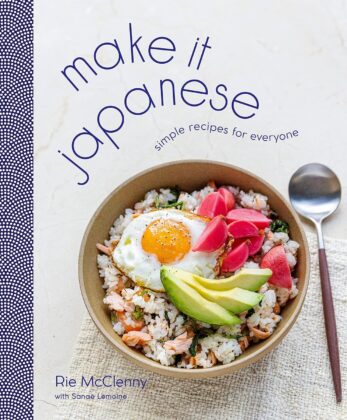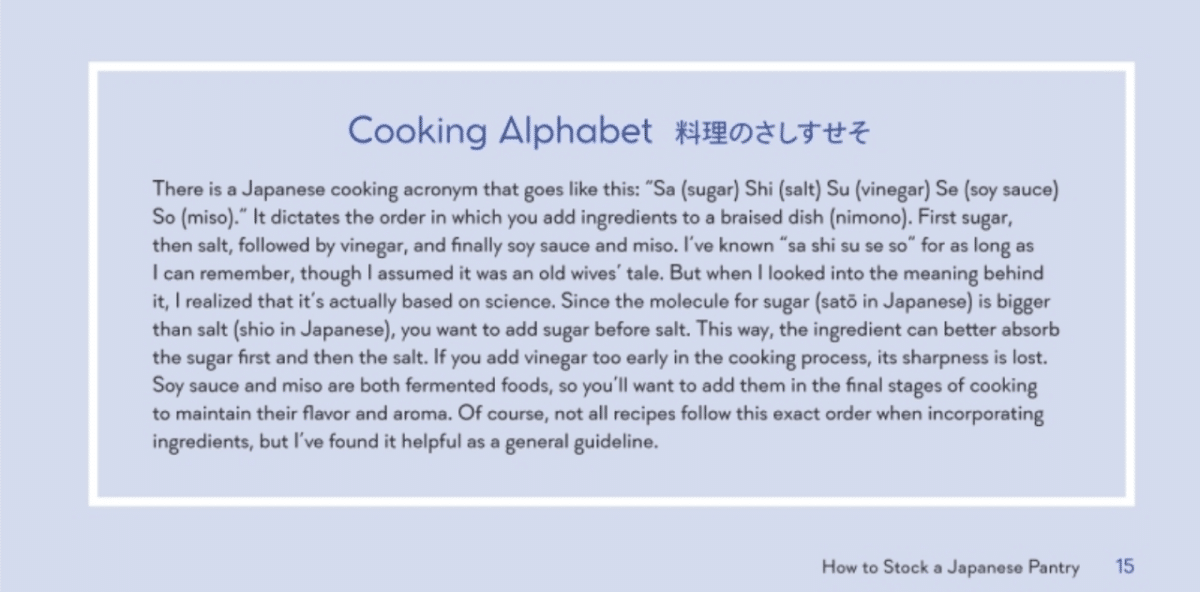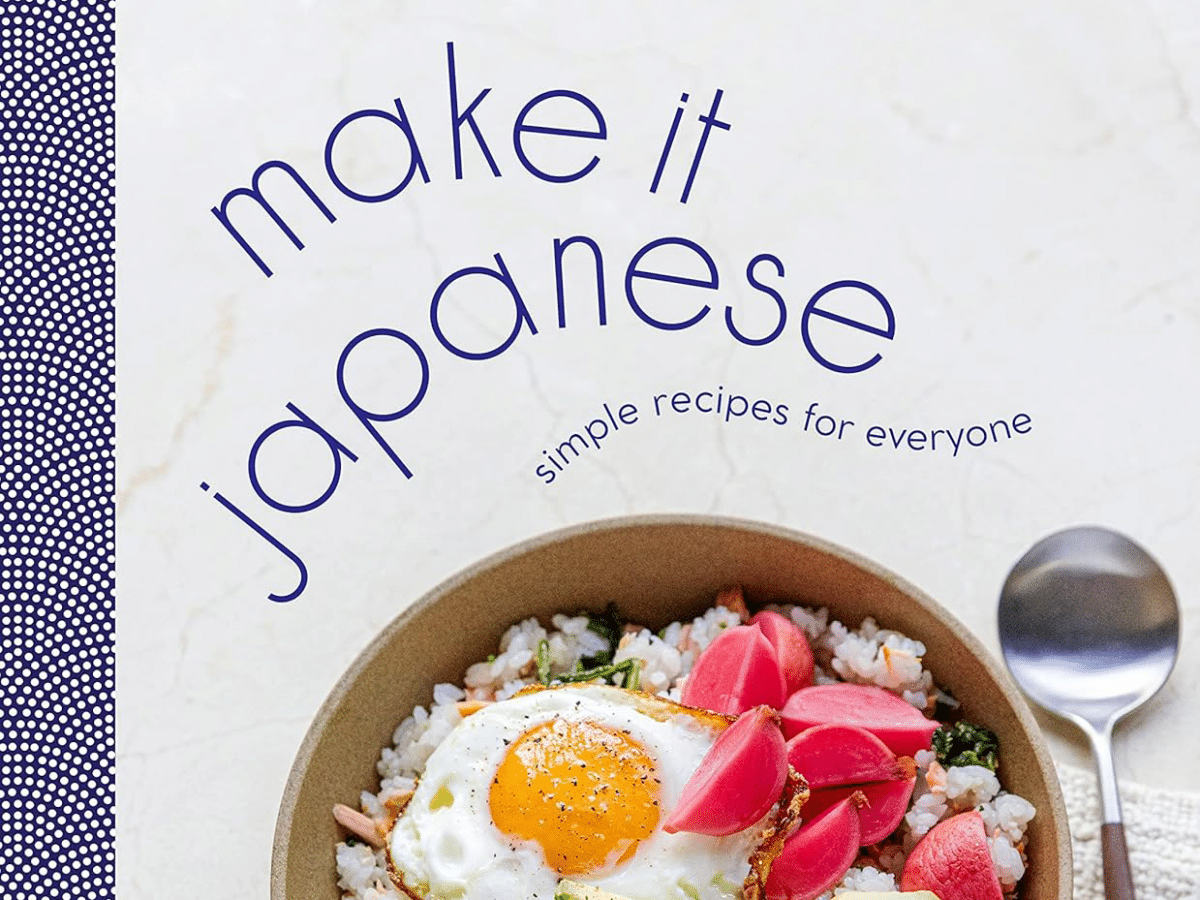Simple recipes for everyone.
At age 21, I was in Amakusa, Japan, during a local festival celebrating the octopus harvest.
As a newcomer teaching English through the Japanese Exchange and Teaching Programme, I knew little about the Japanese language or culture. I was exploring the festival when I came across a stall with a fantastic aroma. Curious, I watched chefs in white shirts and towels around their heads expertly cook yakisoba. They tossed noodles with fresh ingredients and pork belly on a hot teppan grill with a splash of savory sauce. They handed me my first taste of this delicious stir-fried dish, and from that moment, I was hooked.
Food is a great way to learn about a culture, and if you’re interested in Japanese cooking, Make it Japanese—Simple Recipes for Everyone is a must-have book. The author, Rie McClennan, moved from Japan to the United States and understands how to translate recipes for an American audience. It is a cookbook that reflects her journey as a Japanese woman living abroad for many years. She helps beginners learn how to cook Japanese food at home. The book explains how to stock a Japanese pantry, learn essential cooking techniques, and follow easy recipes. It makes Japanese cooking approachable and fun, helping the reader dive into this flavorful and diverse cuisine.

Japanese cooking is based on the idea of “shun,” which means using ingredients when they are in season.
Focusing on fresh, high-quality ingredients is a big part of what makes Japanese food exceptional, and Make it Japanese includes recipes like refreshing cucumber and fennel sunomono (crisp and refreshing sliced cucumbers in vinegar) and hearty yakisoba with pork and vegetables. Each recipe highlights the freshness and quality of the ingredients, celebrating the simple and natural flavors of Japanese cuisine.

"This book is proof that the tastes from home can be yours, no matter where you are."—Rie McClennan
Inspired by my first taste of yakisoba, I decided to make it myself.
I gathered my ingredients: dry yakisoba noodles,, thinly sliced pork belly, bell peppers, onions, carrots, and bean sprouts. I purchased the fresh noodles at my local supermarket, but the author includes a hack to substitute spaghetti in the recipe. I cooked the vegetables and pork in a hot pan, adding the noodles when the vegetables were almost done. For the sauce, which is the key to great yakisoba, I mixed soy sauce, Worcestershire sauce, and a bit of ketchup. The sauce smelled amazing as it cooked, reminding me of Japan’s busy street markets and lively izakayas.
Finally, I added the finishing touches: a sprinkle of bonito flakes (dried fish flakes) and some chopped green onions. These simple garnishes made the dish even better, adding flavor and a nice look.
Taking my first bite of the homemade yakisoba, I was instantly transported back to the vibrant street in Amakusa, filled with the sights, sounds, and smells of Japanese food. Each bite reminded me of my love for Japanese cooking and inspired me to keep exploring this amazing cuisine. Make it Japanese is more than just a cookbook. It’s a guide that helps you appreciate and enjoy Japanese culinary traditions. Dorie Greenspan wrote in the book’s title page: “Make it Japanese is the literary equivalent of umami.”
Accessible for any level of home cook, Make it Japanese offers appealing and easy to follow recipes that celebrate the beauty of Japanese cuisine, one delicious dish at a time. ![]()
